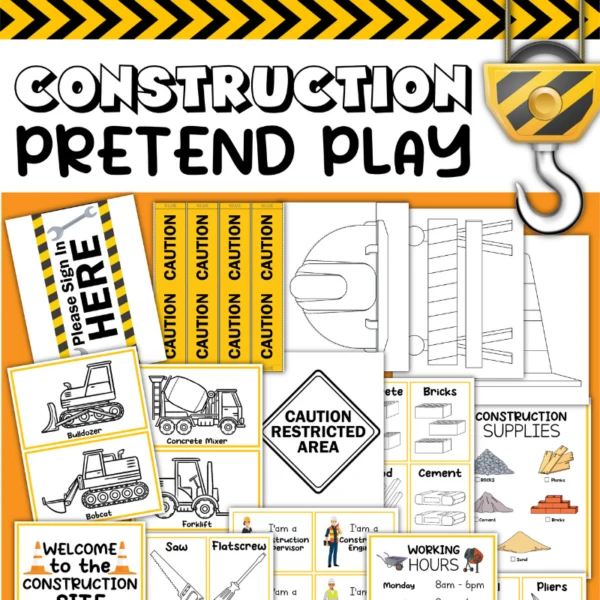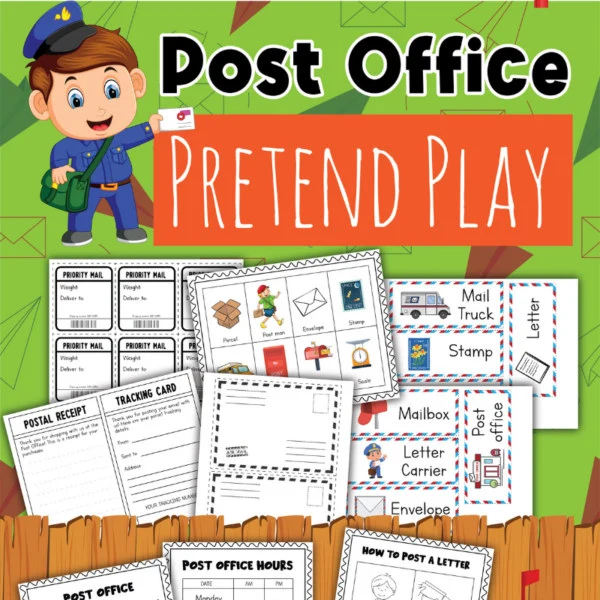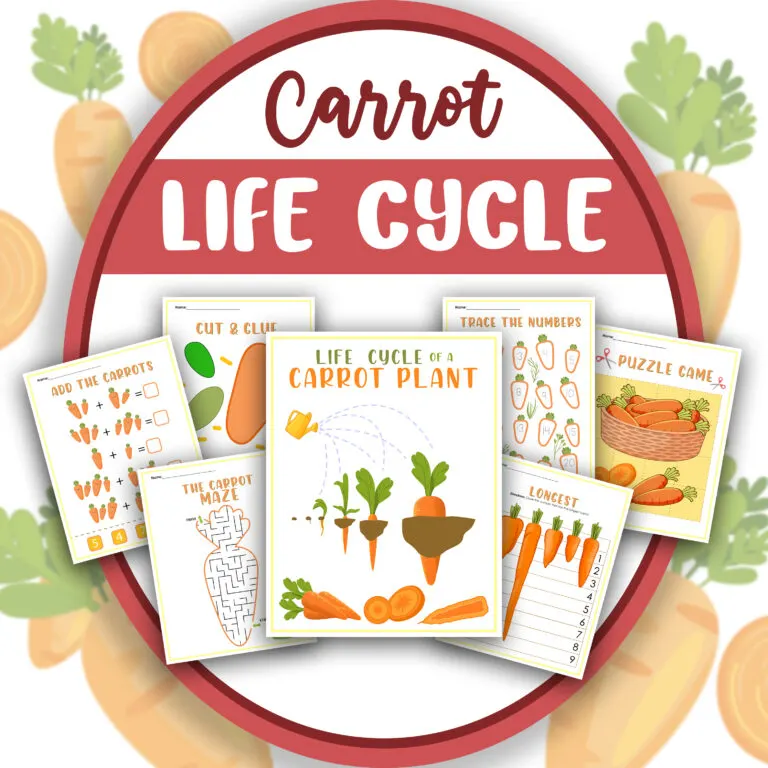The “Leaf Tracings” activity is really fun for kids because it helps them develop physically and mentally. When they do this fun activity, they can improve their fine motor skills, get better at telling things apart visually, and practice solving problems, which is great for their critical thinking and creativity.
This activity is essential for child development skills as it encourages children to observe the natural world around them, fostering an appreciation for nature and the environment. It also helps hone fine motor skills, hand-eye coordination, and concentration.
The Leaf Tracings activity involves placing a leaf under a piece of paper and using a crayon or pencil to trace the outline of the leaf onto the paper. This simple yet engaging activity allows children to explore nature, develop fine motor skills, and express creativity.

Creative activities like leaf tracing can boost a child’s confidence and self-expression, laying the foundation for artistic exploration and critical thinking.
Skills Enhanced by Leaf Tracings Activity
The Leaf Tracings activity, or leaf rubbings, is a beautiful way for children to engage with nature while enhancing various skills crucial to their development.
Let’s delve into the specific skills enhanced by this activity, followed by detailed explanations and real-life examples of how these skills are valuable for children.
Skills Enhanced By This Activity:
Sorting Skills Enhancement
By collecting different leaves, children can sort and categorize them based on attributes such as size, shape, and texture. This process enhances their ability to organize and classify objects according to specific criteria, fostering foundational sorting skills.
Visual Discrimination Enhancement
Children who engage in leaf tracings visually discriminate between various leaves, identifying unique characteristics and patterns.
This activity sharpens their visual discrimination skills, enabling them to perceive details and differences, which is beneficial for tasks requiring attention to visual detail.
Problem-Solving Enhancement
When selecting leaves for tracing and arranging them to create rubbings, children encounter challenges in identifying suitable leaves, positioning them effectively, and achieving optimal rubbings.
This process stimulates their problem-solving abilities as they navigate through decisions and adjustments to accomplish their desired outcomes.
Real-Life Examples
- Nature Exploration: Sorting skills are used when children gather leaves of different sizes, shapes, and textures, organizing them into groups based on specific attributes. This skill is transferable to real-life scenarios such as organizing their belongings or categorizing items found in nature.
- Artistic Expression: Visual discrimination comes into play as children carefully select leaves with distinct features for their tracings. This skill carries over to activities like identifying specific objects in a picture or distinguishing visual patterns in everyday life.
- Creative Problem Solving: Problem-solving skills developed during leaf tracings can be applied to various situations, such as arranging materials for a craft project or finding solutions to artistic challenges. Children learn to adapt and make decisions when faced with creative tasks.
The Leaf Tracings activity fosters an appreciation for nature and enhances critical skills such as sorting, visual discrimination, and problem-solving, providing children with a well-rounded developmental experience.
Materials Required for “Leaf Tracings” Activity
The Leaf Tracings or leaf rubbings activity is a creative and nature-based endeavor that requires a few essential materials, primarily paper and pencils or crayons.
- Leaves: Various sizes and shapes of real leaves.
- Paper: Preferably thin or lightweight white paper, regular printer paper, or plain white paper. The paper serves as the canvas for creating the leaf tracings.
- Crayons or Pencils: Crayons with labels removed or regular pencils are used to create the rubbings of the leaves, capturing their detailed patterns and textures.
Explanation of Materials
- Paper: The choice of paper is crucial for this activity as it provides a suitable surface for capturing the intricate details of the leaves through the rubbing process. Thin or lightweight paper is preferred as it allows for better transfer of the leaf textures onto the paper.
- Crayons or Pencils: Crayons or pencils are essential for creating the rubbings. They are used to shade over the leaves gently, revealing their shapes and textures on the paper. Choosing crayons and pencils depends on personal preference, with both mediums yielding beautiful results.
Safe Alternatives
If any of these materials are not readily available or suitable for the child, here are some safe alternatives:
- Paper: In the absence of specific art paper, plain white copy paper can be a suitable alternative for creating leaf rubbings. Its thinness allows for the effective transfer of leaf textures.
- Crayons or Pencils: If crayons are unavailable, colored pencils can be used as an alternative for creating leaf rubbings. Colored pencils offer precision and control, allowing children to capture the details of the leaves with fine lines and shading.
Providing safe alternatives allows children to engage in the Leaf Tracings activity even if specific materials are not on hand, ensuring they can experience the joy of nature-inspired creativity.
Instructions for “Leaf Tracings” Activityvarious
The Leaf Tracings activity is a delightful way to connect with nature and unleash creativity. Here are step-by-step instructions on how to conduct the activity:
- Gather Leaves: Head outdoors with the child and collect various leaves. Encourage them to choose leaves of various shapes, sizes, and textures to add diversity to their tracings.
- Prepare Paper: Place the selected leaf on a flat surface, vein-side up. Then, position the paper on top of the leaf, ensuring it stays in place.
- Create the Rubbing: With the chosen crayon or pencil, gently rub the side of the utensil over the paper, covering the area directly above the leaf. The leaf’s unique characteristics will emerge on the paper as the child rubs.
- Peel the Leaf: Carefully lift the leaf off the paper to reveal the beautiful tracing left behind.
- Repeat the Process: Encourage the child to repeat the tracing process with different leaves, experimenting with overlapping tracings and combining multiple leaf patterns on one sheet.
- Identify the Leaves: After completing the tracings, take time to identify the types of leaves used, discussing their unique features and characteristics.
Encouraging Correct Placement
To encourage the child to place the correct leaf over the corresponding tracing, consider these tips:
- Visual Comparison: Encourage the child to compare the leaf with its tracing, noting similarities in shape, size, and prominent features.
- Guided Practice: Offer gentle guidance by pointing out specific details on the leaf and corresponding tracing, helping the child make connections between the two.
- Positive Reinforcement: Praise the child for accurate placements and provide positive feedback, fostering their confidence and attention to detail.
Learning Printables and Activities
These are excellent resources for kids! They’ll love being a part of the learning process from start to finish.



Making the Activity More Challenging or Fun
To add an extra layer of engagement to the activity, consider the following suggestions:
- Leaf Identification: Challenge the child to identify the tree species from which each leaf came. Use books, online resources, or identification apps to explore the world of trees and their distinctive leaves.
- Leaf Art Collage: After creating the tracings, incorporate them into a larger art project, such as a leaf collage or a nature-themed greeting card. This allows for further creative expression and experimentation.
- Leaf Scavenger Hunt: Turn the leaf collection into a scavenger hunt by searching for specific types of leaves based on size, color, or leaf margin characteristics. This adds an element of excitement and discovery to the activity.
By incorporating these suggestions, the Leaf Tracings activity can become an enriching and enjoyable experience that nurtures creativity and curiosity.
Safety Precautions for Leaf Tracings Activity
This knowledge ensures the safety and well-being of the participants. Read why it is essential!
Importance of Knowing About Poisonous Leaves
Before embarking on the “Leaf Tracings” activity, it’s crucial to emphasize the importance of knowing which leaves are poisonous.
- Avoiding Harmful Contact: Identifying poisonous leaves helps prevent accidental contact, ingestion, or skin irritation, which could result in allergic reactions or more severe health issues.
- Educational Opportunity: Understanding poisonous plants teaches children about plant diversity, safety in nature, and respecting natural environments.
- Promoting Responsibility: Teaching about poisonous leaves instills a sense of responsibility and awareness, empowering children to make informed decisions when interacting with plants and nature.
Safety Measures for the Activity
In addition to knowing about poisonous leaves, it’s prudent to consider the following safety measures while conducting the Leaf Tracings activity:
- Supervision: Ensure adult supervision during the leaf collection process, especially if the activity occurs in an area with potentially harmful plants.
- Hand Hygiene: Remind children to wash their hands after handling leaves, to minimize irritant exposure.
- Awareness of Allergies: Be mindful of any known allergies among the participants. If there are known sensitivities to certain plants, take extra precautions or avoid using those specific leaves in the tracings.
- Use of Gloves: After collecting leaves, especially if in an unfamiliar area, first consider using gloves as an extra precaution to protect against potential skin irritants or allergens.
Before enjoying the Leaf Tracings activity, it is important to actively identify poisonous leaves and implement appropriate safety measures to ensure a safe and enriching experience for all participants.
Benefits of Leaf Tracings Activity
- Fine Motor Skills Development: Leaf tracings promote the refinement of fine motor skills. Tracing leaves can improve children’s coordination and dexterity for writing and drawing.
- Visual Discrimination: Children can develop visual discrimination skills by observing and tracing different leaves with unique shapes, sizes, and textures. This involves recognizing similarities and differences in visual information, a valuable skill applicable in various learning contexts.
- Cognitive Growth: The Leaf Tracings activity serves as an exercise in problem-solving and critical thinking. Children are encouraged to decide which leaves to trace, how to position them, and how to create the best impressions, stimulating cognitive development and creativity.

Other Similar Activities
In addition to Leaf Tracings, several other engaging activities foster the development of children’s sorting, visual discrimination, and problem-solving skills. Here’s an overview of a few of these activities:
Nature Scavenger Hunt
- Overview: A nature scavenger hunt involves creating a list of items found in nature, such as different types of leaves, rocks, or flowers, for children to find while exploring outdoors.
- Conducting the Activity: Organize a list of natural items with varying characteristics and distribute it to the children. They can then search for and collect the items, encouraging them to sort and differentiate based on visual cues and problem-solving by locating them on the list.
Shape Sorting Games
- Overview: Shape sorting games involve using objects with different shapes, such as blocks, puzzles, or cutouts, for children to sort and match according to their shapes.
- Conducting the Activity: Provide children with various objects and ask them to sort them based on their shapes. For example, they can place circular objects in one pile, square objects in another, and so on, enhancing their visual discrimination and problem-solving abilities.
Pattern Recognition Activities
- Overview: Pattern recognition activities involve creating and identifying repetitive sequences of shapes, colors, or objects, fostering visual discrimination and problem-solving skills.
- Conducting the Activity: Present children with patterns and ask them to continue or replicate the sequence. Challenge children to extend patterns using colored blocks, nature-themed patterns, or simple geometric shapes.
Puzzle Play
- Overview: Puzzles of varying complexity provide an excellent opportunity for children to enhance their visual discrimination and problem-solving abilities.
- Conducting the Activity: Offer children puzzles suitable for their age and developmental stage. Encourage them to sort through puzzle pieces, identify visual cues, and solve the puzzle, promoting critical thinking and visual-spatial skills.
These activities are possible in various educational settings, such as preschools, daycare centers, or at home with parental guidance.
These activities support cognitive development and problem-solving skills in kids.
Parents are encouraged to try the Leaf Tracings activity with their children. It provides an opportunity for quality bonding time and stimulates their child’s learning in a natural and enjoyable manner. Integrating nature into a child’s education promotes exploration and appreciation for the environment.
Parents can actively support their child’s development by engaging in Leaf Tracings while nurturing their curiosity and creativity. This activity is a gateway to meaningful conversations about nature, shapes, and patterns, creating a holistic learning experience for children.
So, parents, take the time to embrace this enriching activity with your little ones and witness the joy and growth it brings to their lives.
















